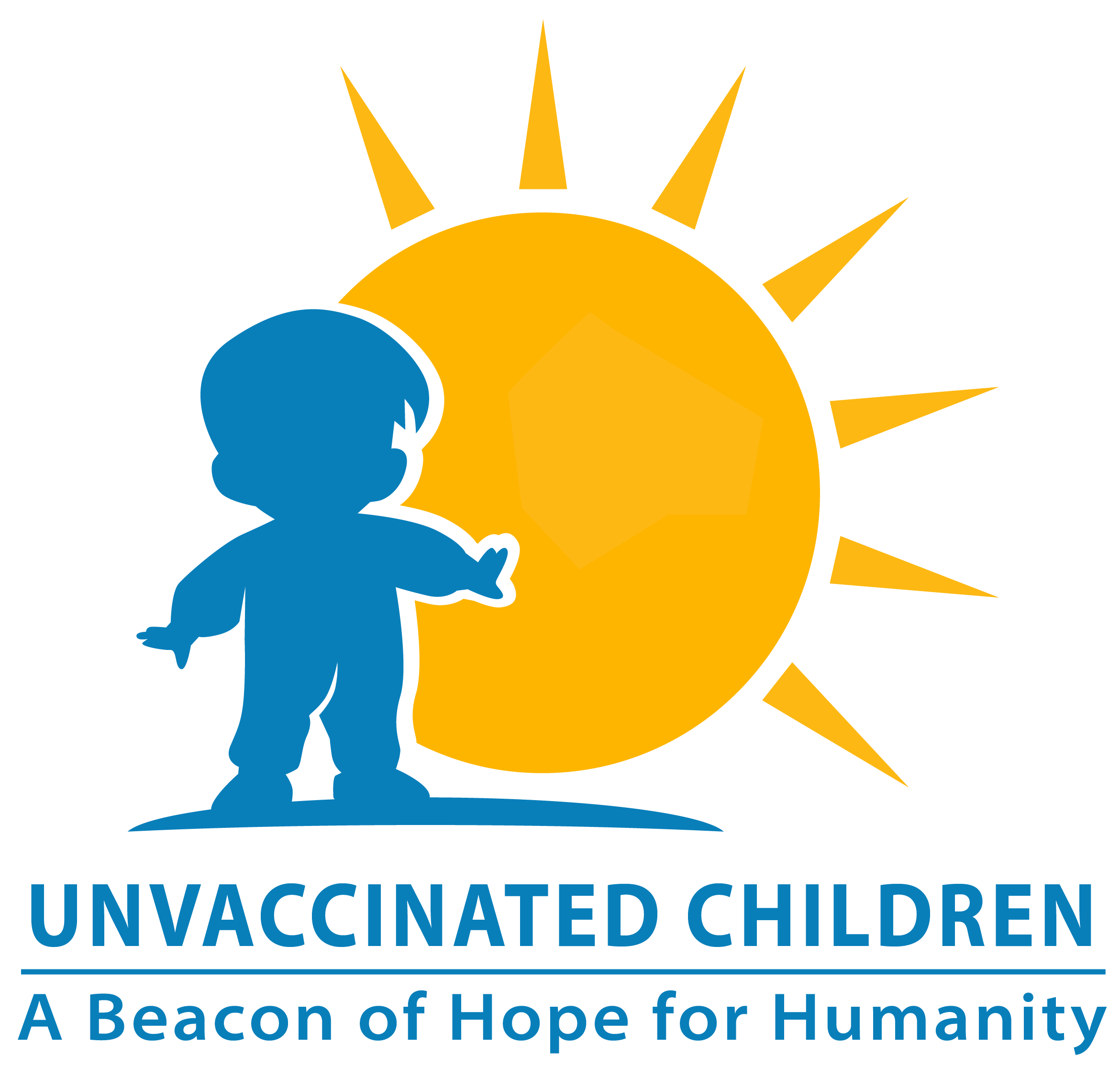2. ADHD: Why Ritalin Isn’t the Answer

2. ADHD: Why Ritalin Isn’t the Answer
Ritalin—and the newer Concerta (time-released Ritalin)—is an amphetamine-like drug. It unnaturally increases the speed at which a child can deal with external stimuli (sight, sound, touch, smell, and cognitive information) by forcing faster processing through that child’s weak and disorganized neural systems. Though it may appear as though the child is functioning normally, the drug may in fact be doing actual damage: For the symptoms of ADD/ADHD to exist in the first place, the child’s neural pathways likely are in a disorganized and/or compromised state. To rush information through these pathways at an accelerated pace is to further tax a debilitated system.
Ritalin (methylphenidate) has been classified by the U.S. Drug Enforcement Administration (DEA) as a Schedule II drug, along with cocaine, morphine, methamphetamines, opium, and barbiturates. Chemically, it most closely resembles cocaine, which may explain some of the more disturbing facts associated with it.[1]
A study conducted at the University of Berkeley (one of the few long-term studies conducted in regard to Ritalin use) concluded that Ritalin tends to act as a “gateway” drug. The study, which followed 500 children over the course of 26 years, found that Ritalin “makes the brain more susceptible to the addictive power of cocaine and therefore, doubles the risk of abuse.”[2] A similar study, documented by Richard DeGrandpre in his book Ritalin Nation (W.W. Norton & Co., 1999), showed that when given the option of choosing between Ritalin or cocaine, the majority of laboratory monkeys did not show a preference for one or the other—though some preferred Ritalin, which has a slower “let down” period than cocaine. Given the drug’s proven similarity to cocaine, it’s no wonder that in 1995, the DEA warned Ritalin and other methylphenidate-based drugs were being crushed and snorted.[3]
The agency further noted that methylphenidate “ranks in the top 10 most frequently reported controlled pharmaceuticals stolen from licensed handlers.”[4] But most kids don’t have to steal it. They can buy it, for an average of $7 a pill.[5] In fact, recreational use of this drug has increased along with its prescription rate. The DEA reported a sixteen percent rise in Ritalin abuse from 1992 to 1995, while the Drug Abuse Warning Network (DAWN) states that “the sky-rocketing use of Ritalin represents the greatest increase in drugs associated with abuse, and causes the highest number of suicides and emergency room admissions.”
International Journal of the Addictions lists over 100 adverse reactions to Ritalin, including paranoid psychosis, terror, and paranoid delusions. It’s no surprise that much of the school violence our nation has witnessed over the past decade has been instigated by teens who were being prescribed Ritalin or similar psychotropic drugs. Often, a fluctuation in dose precipitates such an episode.
Aside from such adverse reactions, Ritalin also has numerous potential side effects, many resembling those of cocaine’s: nervousness, insomnia, blood-pressure fluctuations, dizziness, loss of appetite, motor tics, depression, and headaches. Withdrawal symptoms are also strikingly similar: fatigue, disturbed sleep, depression, psychosis, and suicide.[6] Other adverse reactions to Ritalin include hallucinations and seizures, as noted on the manufacturer’s insert.
What about the effects on a child’s self-esteem (the reason most teachers encourage parents to consider the drug)? By forcing children to be dependent on a drug, we are telling them that they are incapable of functioning without it. Though many psychiatrists attribute feelings of isolation and loneliness to untreated cases of attention disorders, many children report such feelings as a result of taking medication.
According to a National Institutes of Health consensus statement, “[A]n independent diagnostic test for ADHD does not exist,”[7] which makes diagnosing it questionable in the first place and prescribing medication for it more or less a crapshoot. Additionally, symptoms of attention disorders can be easily confused with, among other things, seizure disorders, certain learning disabilities, clinical depression, bipolar disorder, and post-traumatic stress disorder. Giving medication to a child suffering from one of these can all but muzzle a cry for help—one of the observable characteristics of Ritalin is that it makes the children taking it much more compliant.
It is a natural parental instinct to want children to succeed and to be accepted, even if that means conforming to preset social norms. Lawrence Diller, MD, author of the bestselling book Running on Ritalin (Bantam, 1999), has written that “Ritalin will help round and octagonal peg kids fit into rather rigid square educational holes.”
But research shows that improved classroom performance is the only positive short-term outcome of Ritalin use. As Richard DeGrandpre wrote in a recent article, “Dozens of objective studies have assessed the long-term effectiveness of stimulants on children’s academic performance, social development, and self-control. None has shown them to be effective for anything but controlling the kids’ behavior—an effect that vanishes once the drug wears off.”[8]
Because of its short-term effect and its only positive attribute being that the child’s classroom behavior improves, many doctors and educators are beginning to consider Ritalin not much more than a performance pill. Other medications have been developed and marketed to attempt to enhance children’s, and adults’, abilities to sustain focused attention. Yet Concerta, Adderall, Adderall XR, Cylert, Strattera, Dexedrine, and other drugs are also gaining recognition for their deleterious side effects, ranging from strokes, to increased incidence of suicide in children and adolescents, to even death. Strattera can cause liver damage, upset stomach, decreased appetite, nausea or vomiting, tiredness, dizziness, and mood swings.[9]
There is growing concern that ADD and ADHD are just convenient labels to throw over those whose learning styles are perhaps more hands-on and activity-oriented than others. Clearly, there are children who exhibit behavioral problems, but whether these problems are truly pathological, and not a valid response to an increasingly information-addled society, is at the ethical crux of the debate over Ritalin and other psychotropic medications used to increase attention span for school and work-related tasks.[10]
In the words of Peter Breggin, MD, a leading critic against prescribing medication to treat attention disorders: “We are the first adults to handle the generation gap through the wholesale drugging of our children. We may be guaranteeing that future generations will be relatively devoid of people who think critically, raise painful questions, generate productive conflicts, or lead us to new spiritual or political insights.”[11]
Many children who are intellectually gifted also display some or all of what are considered to be traits of ADD/ADHD. Throughout history, there have been stories of the genius or inventor who was mistaken as a problem child. But is taking a drug like Ritalin going to affect a child’s mind permanently, or if the child is gifted, “dumb” him down to a level of normality? We don’t know. We do know that long-term stimulant abuse negatively affects the physical structure of the brain, causing cortical atrophy (i.e., brain deterioration).”[12]
If the only benefit a child may gain from taking Ritalin is better performance in the classroom, while the negative side effects and possible adverse reactions are greatly disproportionate, who stands to gain from the sale of these drugs?
Clearly, the overworked teacher—whose classroom is twice the size it should be—breathes a sigh of relief when the boy who was loudly interrupting and bouncing in and out of his seat last week now sits quietly and pays attention because he’s taken his pill. And the parents of the girl who refused to do her homework and responded defiantly to every request are overjoyed when she sits down to study unprompted and obsequiously does what she’s told. But behavioral improvements wear off when the drug is out of the child’s system; the efficacy (and dangers) of long-term use of these medications is unknown; and, eventually, children, parents, and teachers will be forced to confront the repercussions of delaying the development of internal coping mechanisms in lieu of a chemical straitjacket.
It seems that pharmaceutical companies are the big winners here. Through alliances with supposedly unbiased organizations such as Children and Adults with Attention Deficit Hyperactivity Disorder (CHADD), drug manufacturers have created additional avenues for hyping their products. It was recently discovered that over the course of a few years CHADD had received over $1 million from Novartis, the maker of Ritalin.[13]
“I’ve been offered $100 to sit and listen to someone talk about ADHD, funded by Adderall, for fifteen minutes…” Lawrence Diller has said.[14] And the marketing of these drugs doesn’t stop with physicians, “parent groups,” or researchers: drug companies are now going straight to the consumer.
In a recent issue of Parade Magazine, a full-page ad celebrates “[p]utting control of your child’s ADHD right where it belongs…in your hands.” The beneficent company so concerned with your child’s well-being is Shire US Inc., “Your ADHD Support Company.” Nowhere does the ad mention that Shire US Inc. is part of the international pharmaceutical company Shire—which manufactures the ADHD drugs Adderall and Adderall XR.
As the consumption of psychotropic drugs reaches an all-time high, few of us seem willing to question why. However, because the pharmaceutical empires producing these drugs are big businesses that must turn hefty profits in order to survive, we not only have a right but a responsibility to question their motives. In no area is this questioning more important than in the realm of our children’s health.
The coming chapters will show you how the symptoms of ADD/ADHD can be alleviated and eradicated through non-drug methods. Giving Ritalin or any other stimulant or psychotropic drug to a child masks the actual health problems he or she is experiencing—and postpones improvement of neurological functioning. Parents, doctors, and teachers should realize that, almost invariably, when children “misbehave” they are actually trying to communicate to us that something is wrong. An inability to sit still and listen, to pay attention, or to follow through with things indicates that something in the brain and the nervous system in general is not working properly. Wouldn’t it be better to figure out what isn’t working properly in the brain, then permanently fix the problem, rather than just manage symptoms with toxic drugs? This book shows you how.
1 Mary Eberstadt, “Why Ritalin Rules,” Policy Review No. 94 April/May 1999. <http://www.policyreview.org/apr99/eberstadt.html>.
2 “Ritalin: Violence against boys: Drug is being used to sedate active, young boys,” Massachusetts News (Marlborough, MA) 1 November 1999.
[3] U.S. Drug Enforcement Administration, “News Release: Methylphenidate,” 20 October 1995. <http://www.dea.gov/pubs/pressrel/pr951020.htm>.
[4] Ibid.
[5] William J. Bailly, Indiana Prevention Resource Center (Indiana University), “Factline on Non-Medical Use of Ritalin,” Factline No. 9 November 1995. <http://www.onelife.com/edu/indiana.html>.
[6] Physician’s Desk Reference (Montvale, NJ: Medical Economics Co., 1995).
[7] National Institutes of Health, “Diagnosis and Treatment of Attention Deficit Hyperactivity Disorder: Consensus Development Conference Statement,” 16–18 November 1998. <http://consensus.nih.gov/1998/1998AttentionDeficitHyperactivityDisorder110html.htm>.
[8] “A Dose of Reality,” Adbusters July/August 2001, 16.
[9] Fact sheet from Eli Lilly, the drug’s manufacturer. Available online at http://www.strattera.com/1_2_taking_strattera/1_2_4_safety.jsp.
[10] Consider also the perspective on behavioral problems, including attention disorders, offered by The HANDLE Institute, discussed at http://www.handle.org and described in Chapter 5.
[11] “Kids Are Suffering Legal Drug Abuse,” The Boston Globe 26 September 1999.
[12] “A Dose of Reality,” 16
[13] “The Business of ADHD,” Frontline (PBS) April 2001.
[14] Ibid.
Heavy Metal Detox for Children
Heavy Metal Detoxification is critical for their development, behavior, digestion, immune function, IQ, cognitive skills, speaking ability, and so much more. Learn how heavy metals can adversely affect your child, where these toxins come from and how to safely detox your child from heavy metals.

